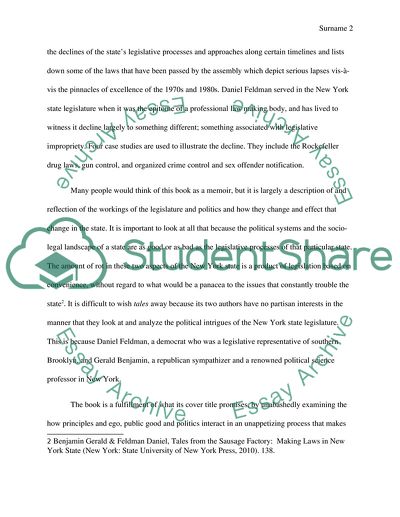Cite this document
(Analysis of Tales from the Sausage Factory: Making Laws in New York Book Report/Review, n.d.)
Analysis of Tales from the Sausage Factory: Making Laws in New York Book Report/Review. Retrieved from https://studentshare.org/politics/1851581-tales-from-the-sausage-factory-making-laws-in-new-york-state
Analysis of Tales from the Sausage Factory: Making Laws in New York Book Report/Review. Retrieved from https://studentshare.org/politics/1851581-tales-from-the-sausage-factory-making-laws-in-new-york-state
(Analysis of Tales from the Sausage Factory: Making Laws in New York Book Report/Review)
Analysis of Tales from the Sausage Factory: Making Laws in New York Book Report/Review. https://studentshare.org/politics/1851581-tales-from-the-sausage-factory-making-laws-in-new-york-state.
Analysis of Tales from the Sausage Factory: Making Laws in New York Book Report/Review. https://studentshare.org/politics/1851581-tales-from-the-sausage-factory-making-laws-in-new-york-state.
“Analysis of Tales from the Sausage Factory: Making Laws in New York Book Report/Review”, n.d. https://studentshare.org/politics/1851581-tales-from-the-sausage-factory-making-laws-in-new-york-state.


